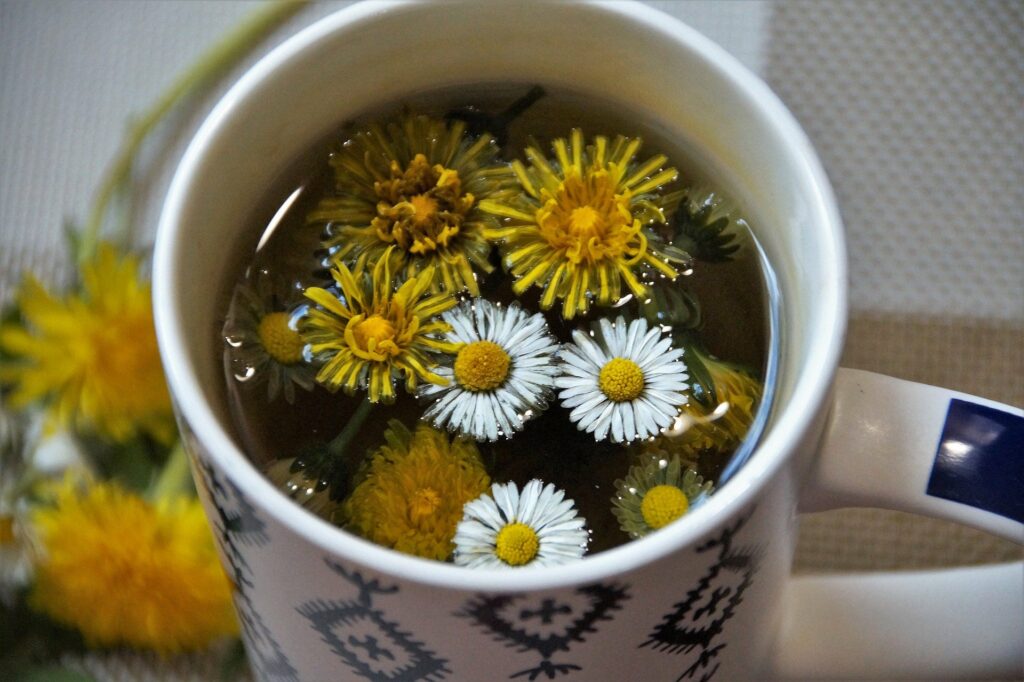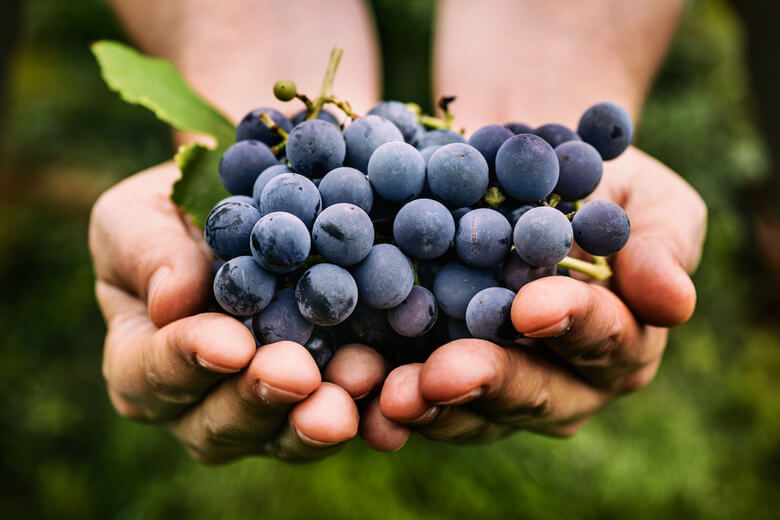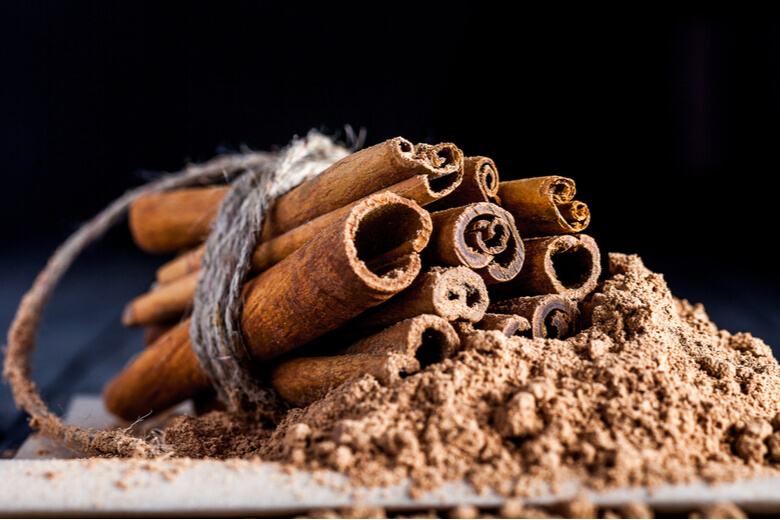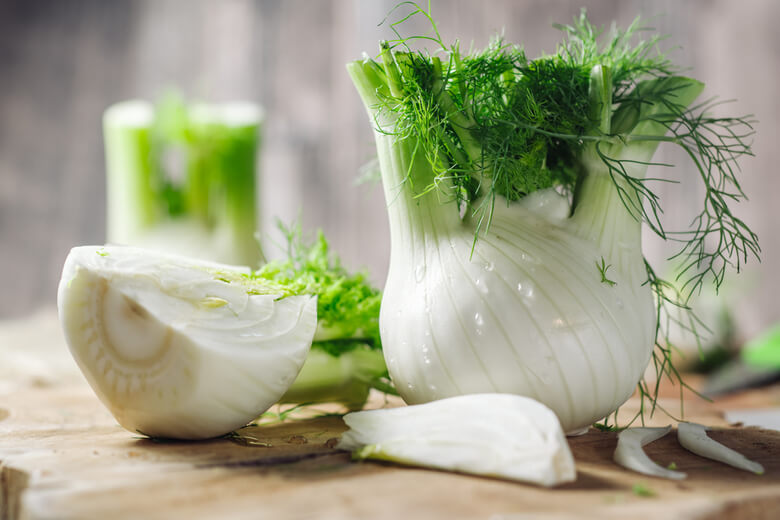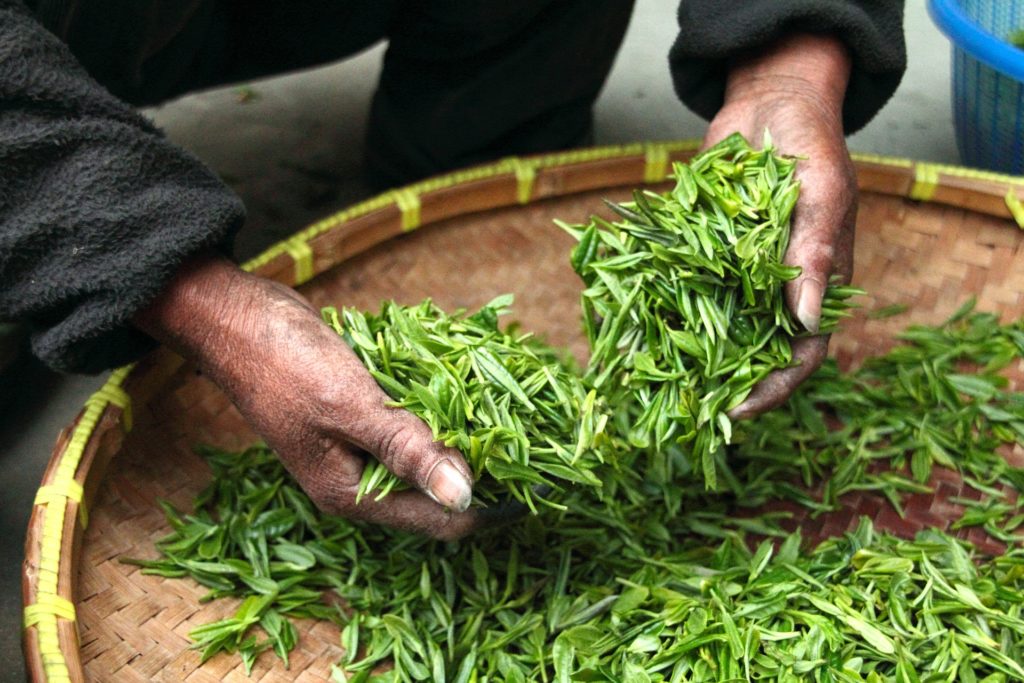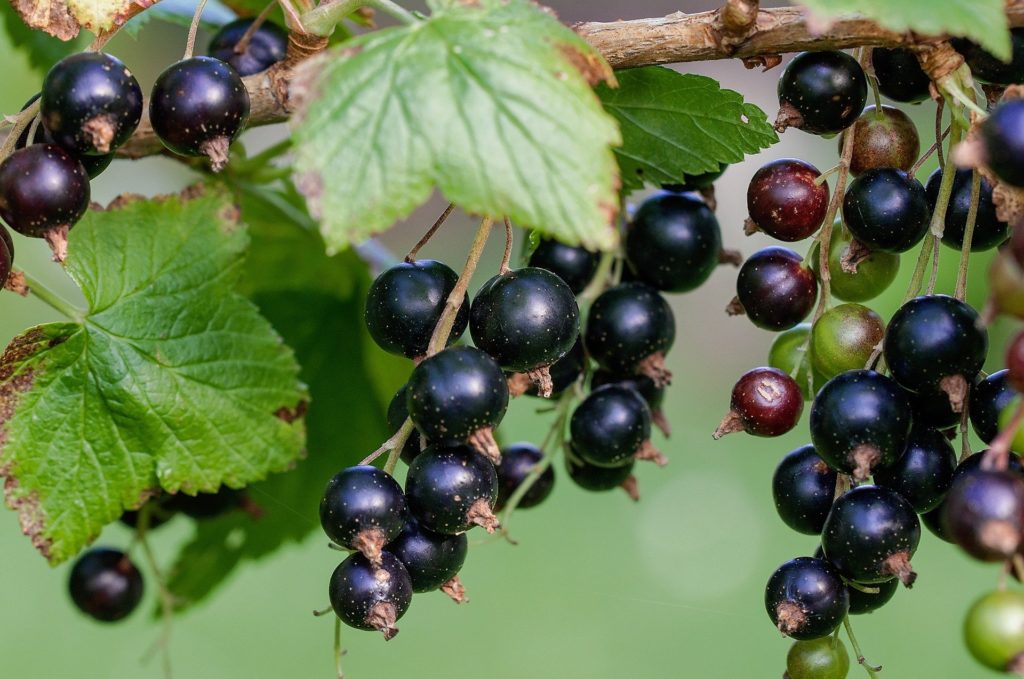You will find below the benefits of plants on DETOX cures.
WHICH PLANTS SHOULD BE FAVOURED FOR A BETTER DETOX ?
Anyone wishing to cleanse their body can follow a detox programme. After having detoxified the organs, the latter allows to find a refined silhouette in the long run. To begin with, sports movements and hypotoxic foods are the principles that should be considered.
Indeed, detoxifying foods from natural materials such as clay, charcoal and especially plants are excellent accompaniments during this programme. It should be noted that there are many draining and detoxifying plants that can be consumed together.
The choice of detox plants depends on the needs of each person and their body. The organs will not necessarily be stimulated by the same plants since their functions are very different and precise.
Therefore, the ideal is to use a combination of plants that will detoxify the liver (rosemary, black radish), drain the kidneys (meadowsweet, cherry stem), stimulate digestion (artichoke, mint) and cleanse the skin (wild pansy, burdock).
WHY FOLLOW A DETOX PROGRAM?
In a natural way, the body produces and eliminates toxins. These so-called toxins or waste products come more precisely from the digestion of food. Urea, for example, enables the elimination of ammonia produced by the liver through the urine.
Of course, the body has to fight against toxic substances from alcohol, drugs, tobacco, pesticides and heavy metals. If the toxic substances are not treated, they eventually pollute the body, especially the emunctory organ responsible for the elimination of this waste. This organ can be the lungs, liver, skin, intestines and kidneys.
It should be noted that if harmful substances are not eliminated in the body, it is easy to become ill, tired and irritable. It may even have an impact on sleep. In addition, some discomforts such as indigestion, water retention and dullness can also occur. In the face of such problems, the detox programme is there to heal the body naturally and effectively. It also plays the role of acid-base balance in the body.
WHEN SHOULD I FOLLOW A DETOX PROGRAM?
Everyone can choose when to start a detox programme depending on the circumstances. There is no general rule to follow, but the spring season is the best time to start a detox programme. It is the ideal time to purify the toxic substances that have accumulated in the body.
In fact, spring is the time when most people overindulge in food with the holidays. Simply choose the time when the body is not tired. At the beginning of this programme, one may feel a little weak. As a result, the body is a little more demanding than usual.
Ideally, the detox programme should be started on holidays, for example. It is also important to spend time doing some physical exercise or going out to get some fresh air. This is essential to help the body's elimination activities.
HOW TO FOLLOW A DETOX PROGRAM?
Each person has his own duration for a detox program. But to keep the body in shape, it is advisable to take a fasting day, for example. Some people choose a gentle programme based on the use of draining and detoxifying plants.
In this case, it is essential to plan a maximum of 21 days of treatment. The most important thing is to prepare a small programme in advance. In other words, the number of days and the type of programme to be followed should be determined from the start.
Having the right choice and the right preparation allows you to treat yourself safely. In addition, hypotoxic foods such as dairy products with gluten, organic vegetables and manufactured foods are to be preferred. Reflexology sessions are also a crucial complementary element of this programme.
It is best not to neglect the emotional and intellectual aspects of such a treatment. It must remain a satisfying and certain step. Time for relaxation, meditation or sophrology must be devoted to have an excellent result of a detox programme.
SOME EXCELLENT PLANTS FOR A DETOX PROGRAM
To continue a detox programme, it is important to use a group of plants necessary to detoxify the liver, to stimulate digestion and to clean the skin.
To detoxify the liver, it is best to consume black radish in juice form. It is a good remedy for the elimination of waste stored in the gallbladder. For more effectiveness, it can be mixed with rosemary. It is fast for the stimulation of the liver. But for a more gentle cleansing, birch is the best plant to choose. Red fruits containing natural acids are also excellent for the liver. These include raspberries, blackcurrants and strawberries.
Now, to purify the kidneys, meadowsweet is a good remedy thanks to its specificities close to aspirin. Its diuretic properties are a good supporter of the kidneys. It can even be combined with heather flowers for a strong depurative action. Lime and cherry stem tea are also excellent detox plants for the body.
Then, to purify these toxins in the intestines, rosemary, peppermint and basil are the plants that simplify digestion and prevent bloating. Fennel is essential at every meal. Dandelion leaves and artichoke are also excellent remedies for good digestion. Even minor digestive problems can be treated with mallow, an anti-inflammatory plant.
Finally, to purify the skin, other types of plants still persist. Thanks to its stinging properties, nettle is an effective plant for eliminating the detox present in the skin. More specifically, it has an anti-inflammatory property to cure skin diseases such as acne or eczema. For people with oily skin, burdock and wild pansy can provide a soft skin through its purifying properties.
Apart from these different types of plants, water is especially important in helping the body to flush out toxins. Physical exercise and limiting excess are always essential.
Other plants that are useful in detox include hibiscus, red vine, green tea, elderberry, guggul, ginger, juniper, garcinia, ash, cinnamon, nettle and grapes.

